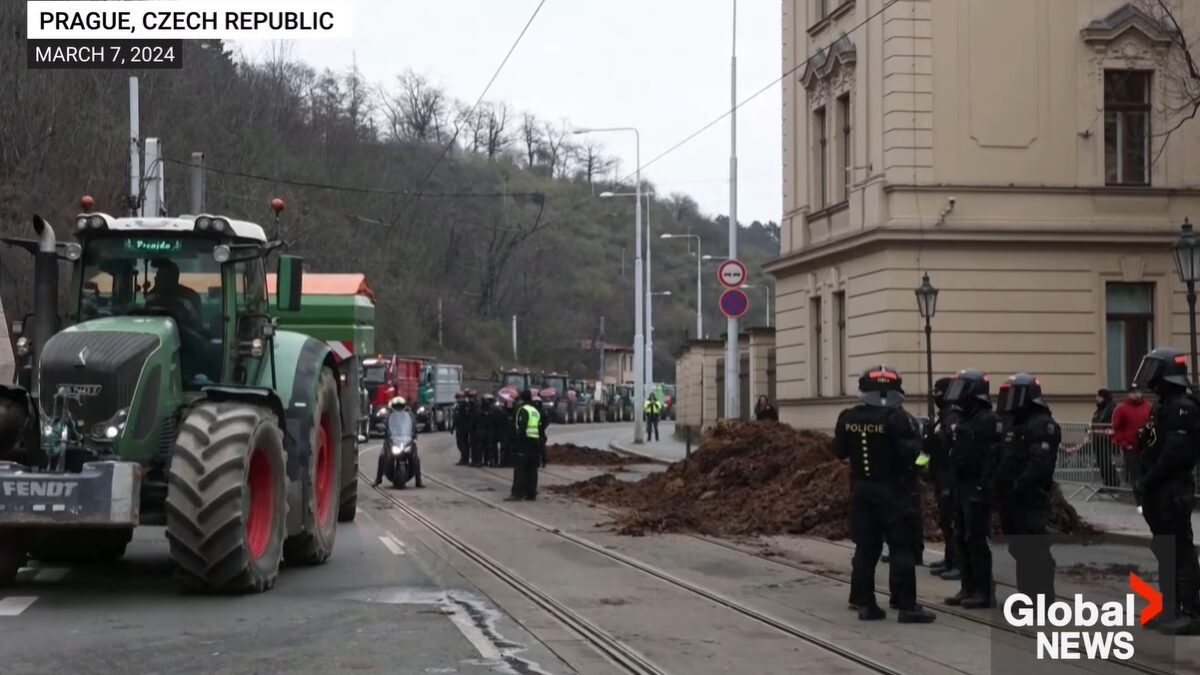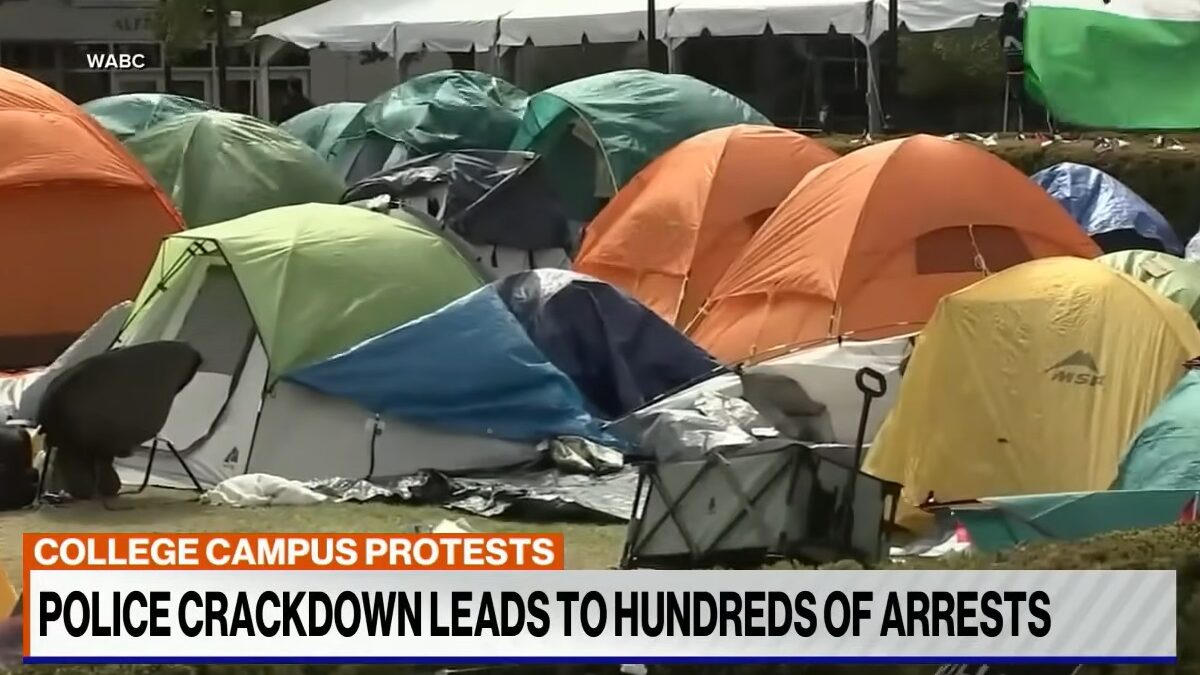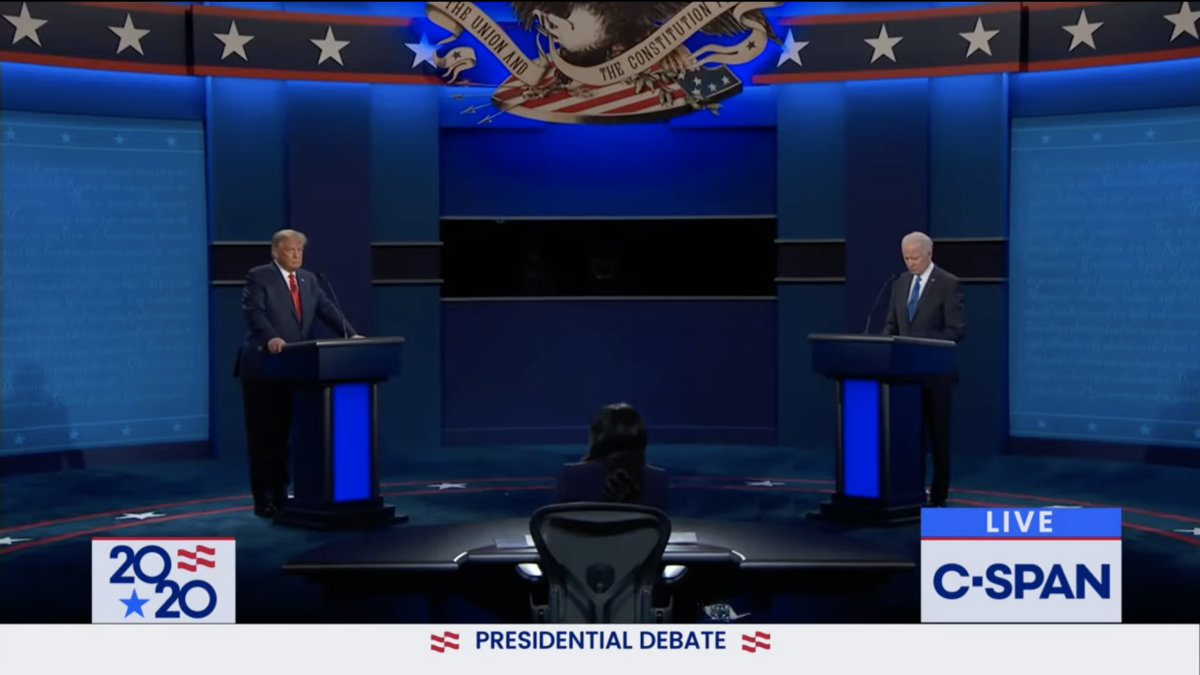
When I was a kid, I had a green dream that I would one day save the world as the Green Power Ranger. These days, the political left’s “green dream” is a massive Green New Deal (GND) brainchild of the likes of socialist Rep. Alexandria Ocasio-Cortez. The GND is at least as far-fetched as my green ranger dream.
Yet that isn’t stopping the agenda from rampaging — just watch the Democratic presidential candidates speak. The agenda isn’t just national, either, it’s localized in states. Advocates for free markets, affordable energy for everyday people, and expanding our miraculous energy independence must closely watch what’s happening among the states. Case in point: Colorado’s Green Little Deal (GLD).
Colorado’s Green Little Deal Mirrors the Green New Deal
Fundamentally, the GND and Colorado’s GLD are cut from the same cloth. Both are explicitly centered on a “fair and just transition” from fossil fuels to vastly reduce greenhouse gas emissions through central planning. The GND wants to meet “100 percent of [U.S.] power demand … through clean, renewable, and zero-emission energy sources.” Green Little Dealers likewise target “100% Renewable Energy by 2040.”
Both plans directly attack key industries such as coal, oil and gas, and automobiles while giving considerable power to government to regulate and transition workers, all disregarding economic realities. Supporting politicians pretend to know the future and want to regulate away any technology contrary to their “bold vision.”
Aligned with the GND’s command-and-control approach, Democratic Gov. Jared Polis and his merry band of Green Little Dealers are unleashing a plague of environmental radicalism upon Colorado. In eight months, they hastily passed an anti-oil and gas bill tried Californicating vehicle emissions standards, established an expansive “Climate Action Plan,” and mandated onerous, statewide building code changes. To help jettisoned workers cope with such policies, Polis has established Offices of “Just Transition” and “Future at Work.” Such compassion!
The GND echoes all of the above on a national scale. The big difference between the GND and Colorado’s GLD has been strategy. While the GND originally proposed radical transformation in one stroke, Green Little Dealers prefer to feed us piece by piece, bill by bill, regulation by regulation. Just last month, though, Ocasio-Cortez said lawmakers are now “breaking [the GND] up into parts,” following Colorado’s lead. This tactic lulls people into a false sense of security, is harder for opponents to stop, and provides a more viable recipe for other states to follow.
Colorado’s GLD involves three key, harmful tacks: decimate oil and gas production, reduce greenhouse gas emissions by government edict, and cover up the harm with a centrally planned “workforce transition.”
Deconstructing the Oil and Gas Industry
In Colorado, the oil and gas industry sustains more than 230,000 jobs (including direct industry employment and jobs stemming from it), more than $30 billion in economic output, and up to $1.2 billion in state and local tax revenue. Plus, it offers high-paying, blue-collar jobs. The average oil and gas worker nationally makes nearly $50,000 more than the typical 2016 worker across all industries, and in Colorado earns more than double the state’s average wage.
So, it’s no surprise Coloradans resoundingly voted “no” last November on a proposed 2,500-foot setback of any new oil and gas drilling from homes, businesses, and waterways. Proposition 112 would have effectively wiped a critical industry off the Colorado map, eradicating an estimated 147,800 jobs by 2030.
Undeterred by that pesky “will of the people,” leftist majorities in the state legislature introduced and rammed SB19-181 through in little more than a month. Polis joyfully signed the bill, which will devastate Colorado’s industry. Colorado is America’s fifth-largest state producer of natural gas and seventh-largest generator of oil.
With SB181, radical environmentalists preyed upon Coloradans’ fondness for “local control” in areas such as education. The bill hands vast regulatory authority over oil and gas production to counties and municipalities. If a community wants to go beyond the “regulatory floor” set by the Colorado Oil and Gas Conservation Commission (COGCC), it can. But if one wants less regulation than the COGCC, that’s forbidden.
SB181 greatly strengthens the COGCC’s power and even lets the commission disregard whether its mandates are cost-effective or even technically feasible if the goal is — wait for it — environmental protection. If a rule comes down from the COGCC, industry can cry a river about how it’s impossible to meet. But that’s not the commission’s problem. Moreover, several GLD governments such as Adams County and the People’s Republic of Boulder have already seized on SB181 by setting moratoriums on new production and drastically tightening regulations even more.
Colorado has one of the nation’s hottest economies, driven by low taxes and regulations, a unique Taxpayer’s Bill of Rights, and growing industries such as technology and tourism. Oil and gas remains an important and innovative player. For example, the state’s economy grew in 2018 at its fastest pace in three years, and the industry was instrumental in generating the pivotal fourth-quarter growth.
It’s too soon to assess SB181’s full impact, but projections aren’t good. While it may take a few years, the law will squeeze Colorado’s economy and choke off considerable funds to local communities. In stirring committee testimony, a public school teacher from rural Grand Junction noted that marijuana isn’t funding their schools: Oil and gas activity is. “What’s your Plan B?” she pointedly asked.
Micromanaging Greenhouse Gas Reductions
Oil and gas aren’t the only targets of GND and GLD advocates. The GND resolution is vague on how it would bring us to “net-zero emissions,” but Colorado’s GLD offers insights. Colorado Democrats passed bills to establish extreme “statewide greenhouse gas pollution goals” through stricter regulations and require that the fiscal note for all future legislation assess a bill’s “greenhouse gas pollution impact.”
They approved legislation to force localities to “adopt one of the 3 most recent versions of the international energy conservation code at a minimum, upon updating any other building code” (emphasis added). Similarly, Ocasio-Cortez revealed she’ll introduce legislation forcing a shift to carbon-neutral buildings.
Also, at Polis’ direction, Colorado’s Air Quality Control Commission adopted California’s stringent zero-emission vehicle (ZEV) standards. Thankfully the Trump administration put the kibosh on this for now, but attorneys general (including Colorado’s) are suing to undo the administration’s action.
If it gets reinstated, then by 2023, 4.9 percent of Colorado dealer sales will need to be ZEVs — such as plug-in hybrids, fuel-cells, and electrics — and by 2030, 6.1 percent of dealer sales will need to be ZEVs. As of July 12, only 23,946 electric vehicles were registered — or 0.004 percent of Colorado’s 5.9 million total registered vehicles. It’s not that we have so few ZEVs on the road because government hasn’t done enough. It’s because consumers don’t want them. But who is the consumer to judge? Green New Dealers know best!
The Colorado Automobile Dealers Association argues this would damage dealers, who already lose an average $570 per new car sold. Consumers would have fewer conventional choices available as more ZEVs just sit on lots. Not enough data is available yet to show just how badly these parts of Colorado’s GLD will squeeze the economy, but basic economics tells us that the state’s economy will take a beating. GLD advocates essentially admit it.
The Bottom-Line Harm of a Green Little Deal
Any casual observer can tell that the GND and Colorado’s GLD will both precipitate massive job losses in heartland industries such as coal mining, oil and gas, and even automobile dealerships. It’s so obvious that proponents don’t hide it. In fact, they embrace it.
As I noted before, Polis and his merry band of Green Little Dealers went so far as to create Offices of “Just Transition” and “Future at Work.” Because naturally the government grasps what the future holds better than the private sector.
Climate change is a legitimate issue. But altogether, Colorado’s Green Little Deal, like its big brother Green New Deal, will suffocate ingenuity and prosperity for minuscule environmental benefits. While the Centennial State might get away with this behavior for a time because it’s part of a large, robust American economy, what happens when other states — or the whole country — follow Colorado’s lead in taking this monstrous, government-knows-best approach?
I shudder to think.









